AUSTRALIA
Melbourne
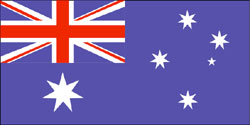
Melbourne
Melbourne
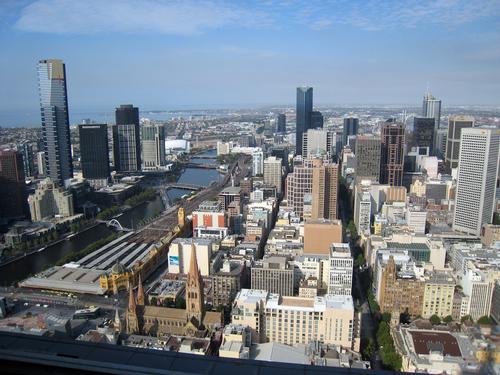 MelbournePhoto: Teknorat (CC BY-SA 2.0) no changes made
MelbournePhoto: Teknorat (CC BY-SA 2.0) no changes made
Melbourne is the capital of the state of Victoria in Australia. Melbourne is the center of an extensive metropolitan area and has a population of four million according to the 2009 census. Sydney is the only city in Australia with more inhabitants. Melbourne extends over 86 km2. Melbourne has 30 municipalities. Melbourne's main industries are metal processing, transportation, textile and apparel manufacturing, food processing, furniture, building materials and chemical manufacturing, Melbourne is also Australia's largest computer producer. The port at the mouth of the Yarra River is Australia's largest port. The metropolis of Melbourne has the largest tram network in the world. The main airport is Melbourne Airport. In 2011, Melbourne was voted the most livable city in the world.
Location
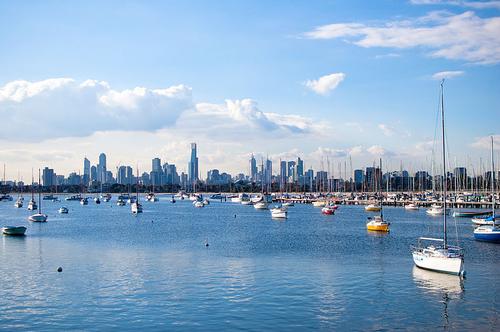 Melbourne SkylinePhoto: Lokesh CC 2.0 Generic no changes made
Melbourne SkylinePhoto: Lokesh CC 2.0 Generic no changes made
Melbourne is located in the southeastern corner of mainland Australia in the state of Victoria. The city is located north of the island of Tasmania. Melbourne is built around Port Phillip Bay. Urban Melbourne is located on the north side of Port Philip Bay, on flat terrain about 120 meters above sea level. Central Melbourne is bordered by Victoria Street (to the north), Yarra River (to the south), Fitzroy Gardens (to the east) and Spencer Street (to the west).
Weather
Melbourne's weather is influenced by the ocean and is therefore moderate. The temperature rarely drops below freezing. Average daily temperatures range from 13 °C in July to 26 °C in January. The annual rainfall of 660 mm is evenly distributed throughout the year. There is considerably less rain than in nearby Sydney and Brisbane and there are more than 300 days of sunshine on average. October is usually the wettest month and January the driest. Melbourne has clean air due to a mainly easterly wind direction that blows the polluted air out of the city.
History
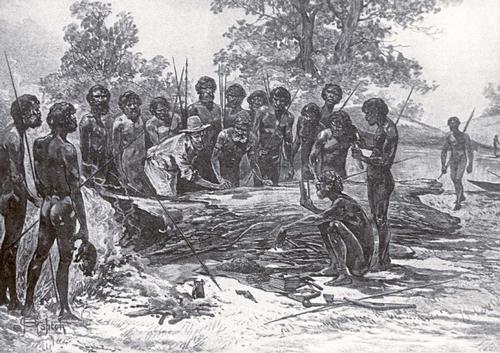 Signing of the Melbourne purchasePhoto: Public domain
Signing of the Melbourne purchasePhoto: Public domain
Port Philip Bay was discovered by Europeans in 1802. This area was part of the New South Wales colony. The settlement was founded in 1835 when 500,000 hectares were purchased from the Aborigines for the price of 40 blankets, 30 axes, 100 knives, 50 scissors, 30 mirrors, 200 handkerchiefs, 100 pounds of flour and 6 shirts. It is one of the few cities in Australia that did not serve as a penal colony.
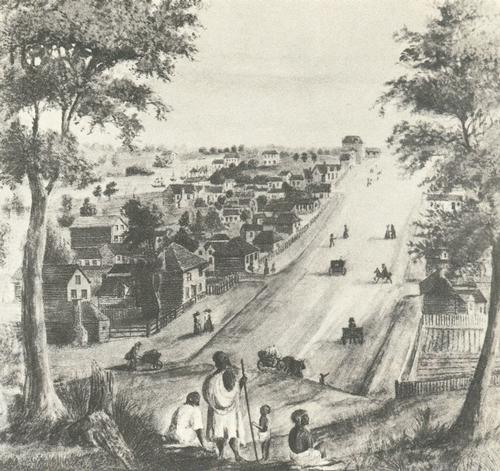 Colin Street in Melbourne around 1839Photo: Public domain
Colin Street in Melbourne around 1839Photo: Public domain
Melbourne is named after the English statesman Lord Melbourne, who had just started his second term as Prime Minister of Great Britain when the city was founded and was born in the English town of Melbourne in Derbyshire. Melbourne was officially declared a city by Queen Victoria in 1847. In 1851, Melbourne became the capital of the new colony of Victoria.
The population increased in the mid-19th century when gold was discovered. The Gold Rush brought thousands of immigrants from all over the world, including many Chinese. They populated Chinatown which was founded in 1851, it is one of the oldest Chinese neighborhoods in the world. In the years that followed, most of the city's major buildings, such as the Treasury Building, Parliament House and Queen Victoria Market were built.
By the end of the century, Melbourne fell into decline, house prices plummeted and the city went into an economic depression. In the early 20th century, Australia became part of the Commonwealth and Melbourne was the federal capital until 1927, after which Canberra took over.
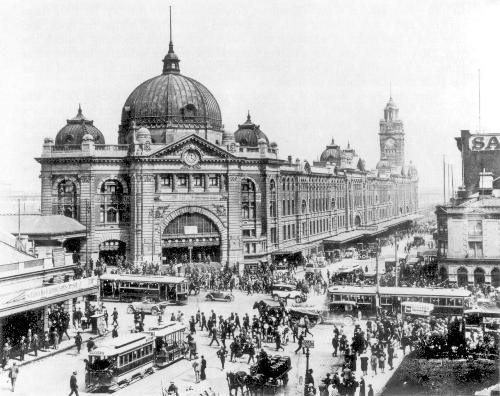 Flinders Street Station in 1927Photo: Public domain
Flinders Street Station in 1927Photo: Public domain
Melbourne did not recover until the 1930s. Flinders Street Station became the busiest station in the world and in 1940 the city had the largest tram network of the time. Post-war immigration brought a huge influx of new ethnicity to the city. Melbourne became the host of the 1956 Summer Olympics and many skyscrapers arose.
In the 21st century, Melbourn focuses on sports and tourism, the city now houses the Australian F1 Grand Prix circuit and in January there is the Australian Open, one of the grand slam tennis tournaments. There are currently a number of large projects aimed at inner-city urban revival.
Sights
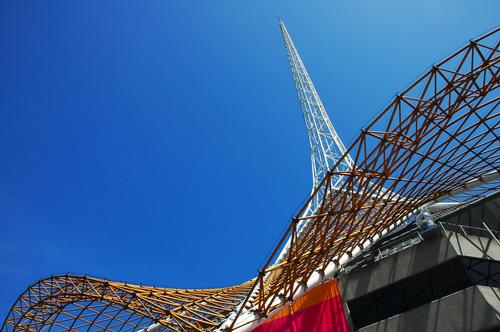 Victorian Arts Centre in MelbournePhoto: Wee Keat Chin (CC BY 2.0) no changes made
Victorian Arts Centre in MelbournePhoto: Wee Keat Chin (CC BY 2.0) no changes made
Melbourne has many attractions and a rich cultural life. Culture received a strong boost between 1968 and 1984 when the Victorian Arts Center was built on the south bank of the Yarra River close to the center. In the center you will also find the National Gallery of Victoria, the Melbourne Concert Hall, several theaters and various halls.
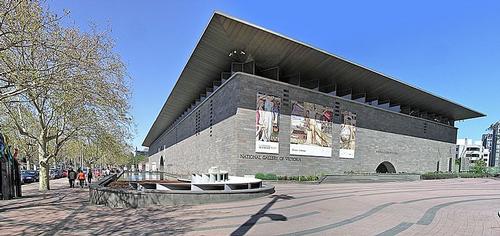 National Gallery of Victoria in MelbournePhoto: Donaldytong CC 3.0 Unported no changes made
National Gallery of Victoria in MelbournePhoto: Donaldytong CC 3.0 Unported no changes made
The National Gallery of Victoria opened in 1861 and moved to the Arts Center in 1968. There is a large collection of Australian (aboriginal) art, from the colonial period to the present day. Collections of European art are also exhibited. The museum has masterpieces by Rembrandt, Rubens and Picasso, among others.
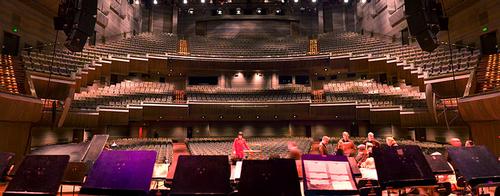 Melbourne Concert HallPhoto: Stephen Bain CC 3.0 Unported no changes made
Melbourne Concert HallPhoto: Stephen Bain CC 3.0 Unported no changes made
Located in the heart of the city center, Melbourne Concert Hall is the main concert hall of the city and of the entire state of Victoria to see great concerts and opera. The offer covers the entire range of musical productions, from symphony orchestra to rock concerts. The largest room in the Victorian Arts Center, has at least 2,400 seats, its modern design gives all guests the feeling of sitting close to the stage.
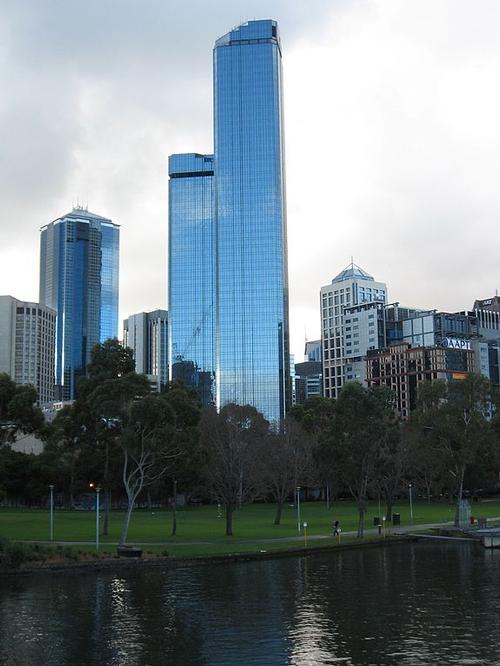 Rialto Towers in MelbournePhoto: Papphase CC 3.0 Unported no changes made
Rialto Towers in MelbournePhoto: Papphase CC 3.0 Unported no changes made
The Rialto Tower is Australia's tallest office building. The building is 256 meters high and was built in 1986. The Rialto has 13,000 semi-specular windows that change color with the sun. More than 335 lifts serve the visitors and that shows how gigantic this structure is. On the 55th floor is an observation platform, from which you have a beautiful view of Melbourne.
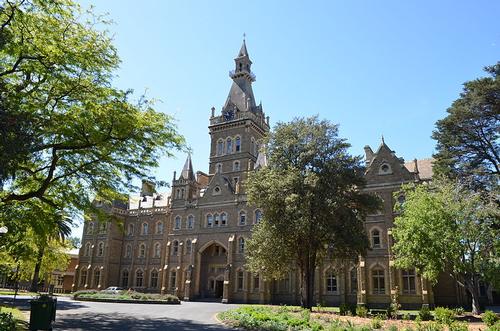 Universityof MelbournePhoto: Graham Watson CC 2.0 Generic no changes made
Universityof MelbournePhoto: Graham Watson CC 2.0 Generic no changes made
The University of Melbourne is one of the oldest in Australia and was established in 1853. The campus remains an important and integral part of city life and has contributed to Melbourne's prosperity over the years. The university attracts students from all over Australia and many from other countries. The university consists of a number of impressive historical buildings, with beautiful architecture and important functions. There is a large center for contemporary and traditional Australian music.
In addition to the aforementioned National Gallery of Victoria, there are many more fascinating museums in the city and region. Below are three visiting tips that are worthwhile.
 Melbourne MuseumPhoto:Tirin at the Englsh Wiikipedia CC 3.0 Unported no changes made
Melbourne MuseumPhoto:Tirin at the Englsh Wiikipedia CC 3.0 Unported no changes made
The Melbourne Museum has large collections and vast halls and is divided into separate exhibition spaces. These spaces contain information about the city's rich Aboriginal past, Victoria's native wildlife and a children's section, full of state-of-the-art, interactive displays. The science section is especially noteworthy and has impressive dinosaur skeletons and fossils.
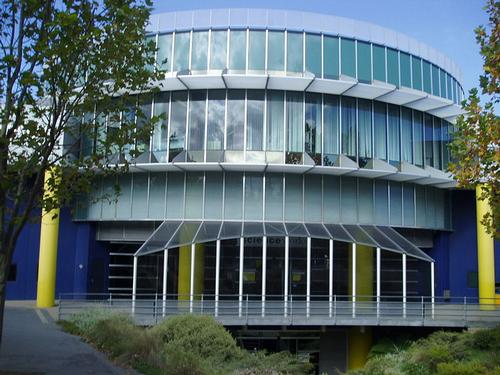 Scienceworks Museum in MelbournePhoto: Wai Hong in the public domnain
Scienceworks Museum in MelbournePhoto: Wai Hong in the public domnain
The Scienceworks Museum is located in the Sportswood district. The museum includes old historic buildings that house the planetarium of the city. With a huge range of fascinating scientific instruments, interactive displays and impressive exhibitions, Scienceworks is especially popular with children and families visiting this part of Victoria.
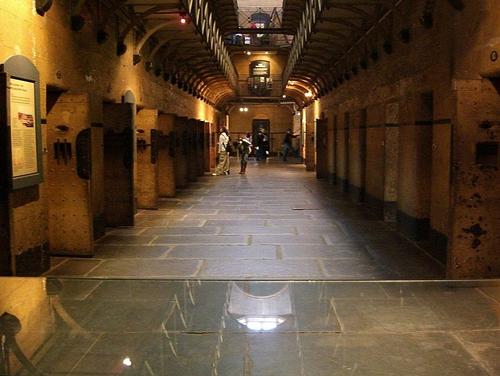 Old Melbourne GaolPhoto: Hideki Saito CC 2.0 Generic no changes made
Old Melbourne GaolPhoto: Hideki Saito CC 2.0 Generic no changes made
The Old Melbourne Gaol is a museum in a former prison from 1845. The prison was closed completely in 1929. During a visit you get a good picture of the life of the prisoners at that time. You can participate in guided tours both during the day and at night. It is a rather macabre and fascinating museum, whose attractions include a flagellation machine and death masks of infamous prisoners.
Tips
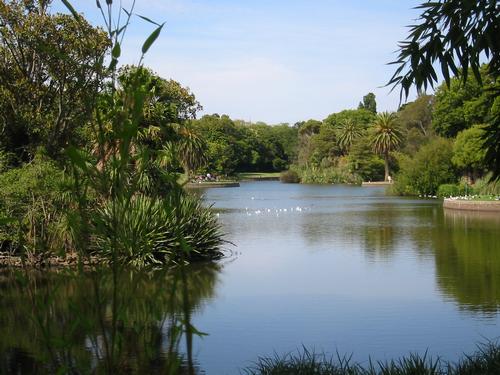 Royal Botanic Gardens in MelbournePhoto: Cookaa CC 3.0 Unported no changes made
Royal Botanic Gardens in MelbournePhoto: Cookaa CC 3.0 Unported no changes made
There are many beautiful parks in Melbourne, the most famous of which is the Royal Botanic Garden with lakes, lawns and thousands of different trees and shrubs. There is also the associated National Herbarium of Victoria with a collection of 1.2 million dried plants. It is widely used by scientists and is highly regarded internationally.
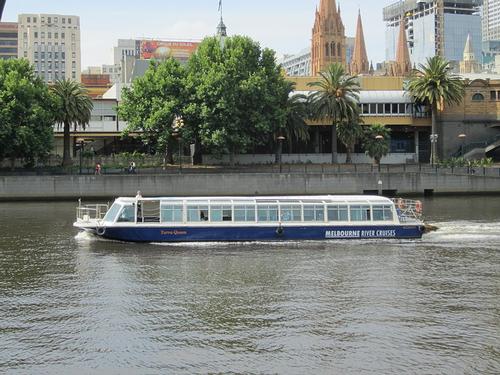 Melbourne BoattripPhoto: Nick-D CC 3.0 Unported no changes made
Melbourne BoattripPhoto: Nick-D CC 3.0 Unported no changes made
A boat trip is one of the most enjoyable and relaxing ways to see Melbourne and the surrounding area. Regular boat cruises on the Yarra River depart from Prince Walk every 30 minutes. Tickets for the boat trips are available at the Blue Melbourne River Cruises Kiosk, which is located by Princes Bridge and is easy to find. Melbourne has hundreds of sports fields, tennis courts, swimming pools and golf courses for the active athlete. Sailing and fishing around Port Philip Bay and kyte surfing on the ocean are very popular, attracting mostly young people to Melbourne.
Useful links Melbourne
BBC Country ProfilesWorld Fact Book Explore all Countries
How to call
Last updated November 2025
Copyright: Team - The World of Info